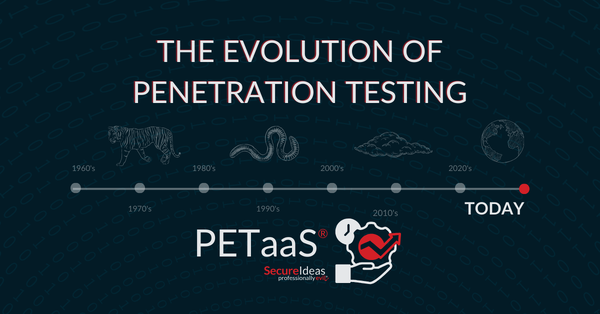When it comes to penetration testing, preparation isn't just helpful—it's essential for success. While many compare hiring a penetration testing firm to engaging a software development company, the reality is quite different. A penetration test is a focused, time-sensitive engagement where every hour counts. Unlike long-term software development projects that span months or years, penetration tests typically run for just days or weeks, making proper preparation crucial for maximizing value.
Why Preparation Makes or Breaks Your Penetration Test
Think of a penetration test like a professional security inspection of your home. If the inspector arrives to find locked doors they can't access, missing keys, or rooms under renovation, they won't be able to provide a complete assessment. The same principle applies to penetration testing—the more prepared you are, the more comprehensive and valuable your results will be.
Here's what you need to know to ensure your penetration test delivers maximum value:
Access Management: The Foundation of Effective Testing
A thorough penetration test requires proper access levels to evaluate security from multiple angles. For standard applications, plan to provide:
- At least two accounts for each major user role
- Administrative accounts with appropriate permissions
- Test accounts for specialized features or workflows
If your application has complex user hierarchies, you might have a large number of different account types to properly test privilege escalation scenarios. While we can create accounts if given administrative access, having them ready at the start saves valuable testing time.
Code Stability: Timing Is Everything
While it's commendable to want to begin security testing early, timing is crucial. Your code should be:
- Past the initial development phase
- Stable enough to pass basic QA or user acceptance testing
- Feature-complete for the tested components
Testing unstable or incomplete code often leads to wasted effort, as security findings could become invalid with subsequent changes or the controls may not match what is deployed. The sweet spot is testing code that's mature enough to be meaningful but not testing so late that addressing findings becomes difficult or expensive.
Environment Access: Removing Roadblocks
The testing environment should be ready and accessible from day one. This means:
- VPN access provisioned and tested beforehand
- Necessary credentials and documentation prepared
- Testing windows and maintenance schedules coordinated
- Sample API calls or test cases documented
- Certificate handling configured appropriately
For mobile applications, provide access to application bundles early. For web services, include documentation of normal usage patterns and sample requests. This preparation enables testers to focus on finding security issues rather than struggling with access.
Clear Scope and Priorities
One of the most crucial preparation steps is defining clear testing boundaries and priorities. Consider:
- Which systems need testing most urgently
- Whether to include or exclude specific security controls
- How to handle findings in third-party components
- What success looks like for your organization
Being explicit about testing priorities helps security testers focus their efforts where they matter most to your organization. This is one of the key topics that should be addressed during the kick-off call.
Making It Happen: A Timeline for Success
To ensure a smooth testing process:
- Start preparation at least two weeks before testing begins
- Schedule a kick-off call with the testing team
- Have all access and credentials ready before day one (We will work with you to validate these accounts before testing)
- Maintain clear communication channels throughout testing
- Plan for quick feedback on any blocking issues
Remember that while testing firms often include clauses about delays in their contracts, the goal isn't to enforce these clauses—it's to deliver the most comprehensive security assessment possible. When you're prepared, testers can focus entirely on finding and documenting security issues rather than dealing with logistics.
The Bottom Line
The difference between a good penetration test and a great one often comes down to preparation. While testers are experts at finding security vulnerabilities, they can only test what they can access. By taking the time to prepare properly, you ensure that every hour of testing focuses on what matters most: identifying and addressing security concerns that could put your organization at risk.
Remember, the goal isn't just to complete a penetration test—it's to get an accurate, comprehensive assessment of your security posture. With proper preparation, you'll not only get better results but also maximize the return on your security testing investment.


